Rising Geriatric Population
The increasing geriatric population in the US is a significant driver for the cardiac monitoring-advance-technologies-global market. As individuals age, the risk of developing cardiovascular diseases escalates, necessitating more frequent monitoring. The US Census Bureau projects that by 2030, all baby boomers will be over 65, leading to a substantial rise in the demand for cardiac monitoring solutions. This demographic shift is expected to propel the market, with estimates suggesting a growth rate of approximately 6% over the next few years. Healthcare providers are thus investing in advanced technologies to cater to the unique needs of older patients, further stimulating the cardiac monitoring-advance-technologies-global market.
Growing Focus on Preventive Healthcare
There is an increasing emphasis on preventive healthcare in the US, which is significantly impacting the cardiac monitoring-advance-technologies-global market. Healthcare systems are shifting from reactive to proactive approaches, aiming to prevent cardiac events before they occur. This shift is supported by initiatives promoting regular health screenings and monitoring, which are essential for early detection of heart diseases. As a result, the demand for advanced monitoring technologies is likely to rise, with a projected market growth of around 7% annually. This focus on prevention not only enhances patient outcomes but also reduces healthcare costs, further driving the cardiac monitoring-advance-technologies-global market.
Increasing Prevalence of Cardiac Diseases
The rising incidence of cardiac diseases in the US is a primary driver for the cardiac monitoring-advance-technologies-global market. According to the American Heart Association, cardiovascular diseases account for approximately 1 in every 4 deaths in the US. This alarming statistic underscores the urgent need for effective monitoring solutions. As the population ages, the demand for advanced cardiac monitoring technologies is expected to surge. The market is projected to grow at a CAGR of around 8% over the next few years, driven by the need for early detection and management of heart conditions. Healthcare providers are increasingly adopting advanced monitoring systems to improve patient outcomes, thereby propelling the cardiac monitoring-advance-technologies-global market forward.
Technological Advancements in Monitoring Devices
Rapid advancements in technology are significantly influencing the cardiac monitoring-advance-technologies-global market. Innovations such as remote patient monitoring, telehealth solutions, and advanced wearable devices are transforming how cardiac health is managed. The integration of IoT and cloud computing in monitoring devices allows for real-time data transmission and analysis, enhancing patient care. The market for wearable cardiac monitors is expected to reach approximately $2 billion by 2026, reflecting a growing trend towards personalized healthcare. These technological advancements not only improve the accuracy of monitoring but also facilitate timely interventions, thus driving the demand for advanced cardiac monitoring solutions.
Increased Investment in Healthcare Infrastructure
The US government's commitment to enhancing healthcare infrastructure is a crucial driver for the cardiac monitoring-advance-technologies-global market. Increased funding for healthcare facilities and technology adoption is facilitating the integration of advanced cardiac monitoring systems. The Centers for Medicare & Medicaid Services (CMS) have introduced various initiatives aimed at improving healthcare delivery, which includes the adoption of innovative monitoring technologies. This investment is expected to boost the market, with projections indicating a growth of around 5% annually. Enhanced infrastructure not only supports the deployment of advanced technologies but also improves access to cardiac care, thereby driving the cardiac monitoring-advance-technologies-global market.


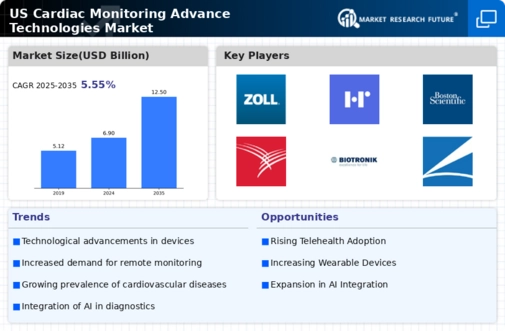
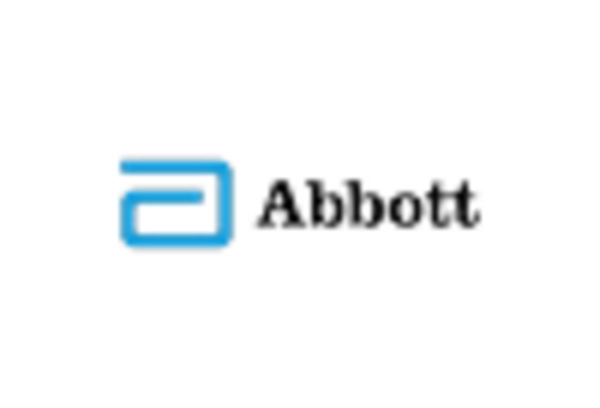
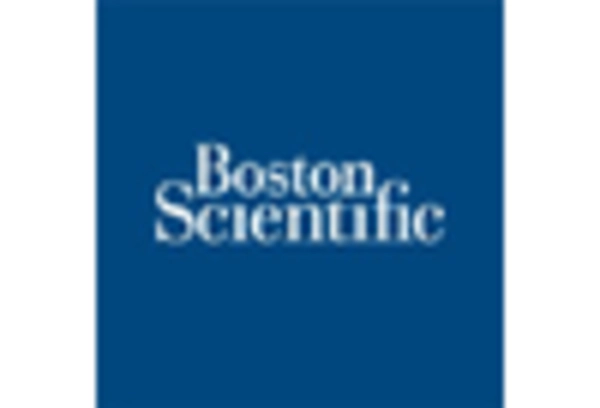
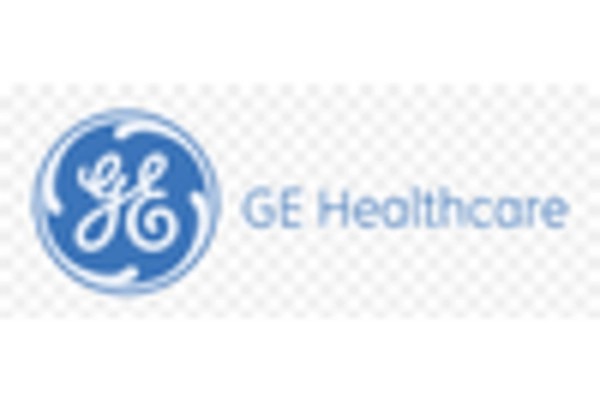

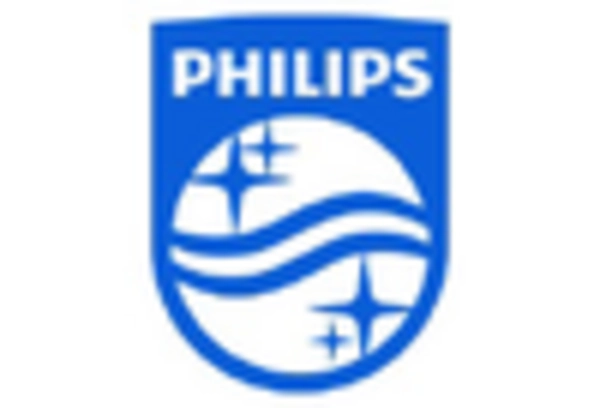









Leave a Comment